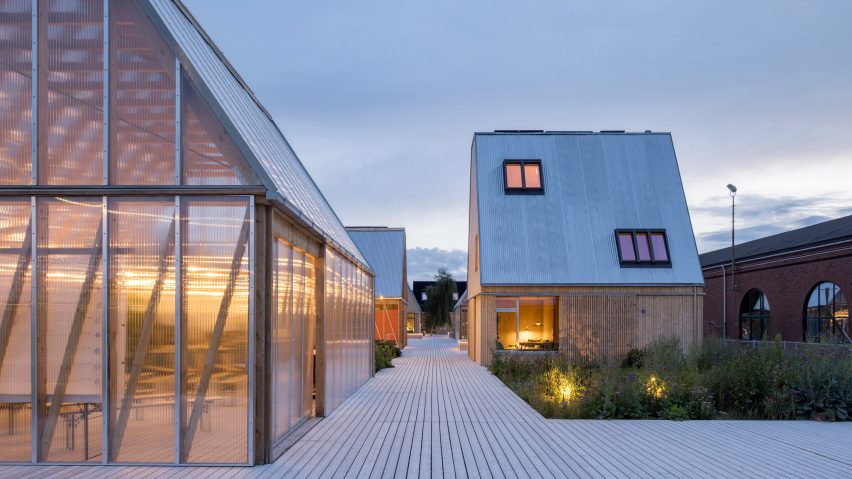
Velux and EFFEKT launch Compass Model for designing sustainable buildings
Promotion: window manufacturer Velux and Danish architecture studio EFFEKT have created a design tool to help architects and developers build sustainably "with little cost and effort".
The Compass Model is a seven-point framework that aims to streamline different forms of sustainability into the design process from the outset of a building project.
It champions an approach to housing which is equally beneficial for both people and the planet.
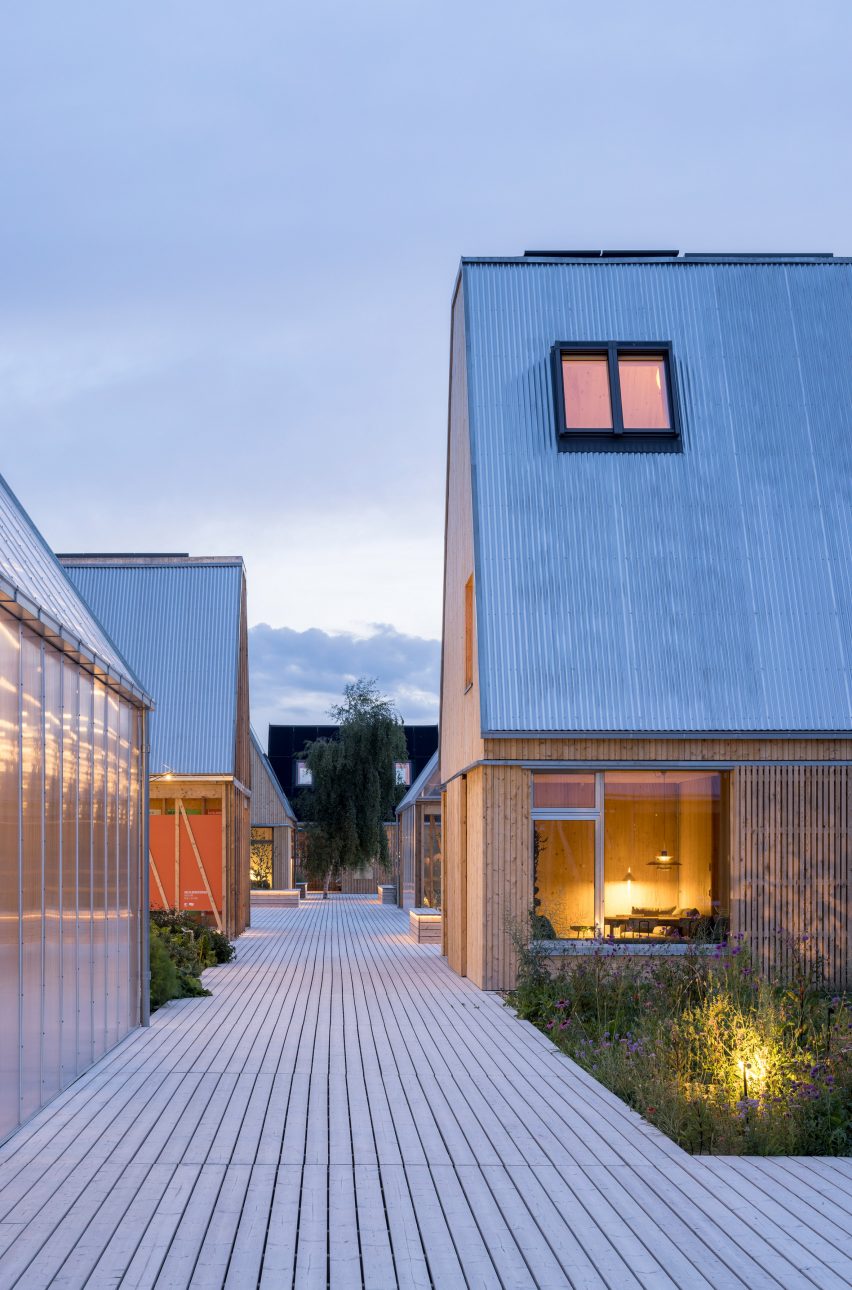
The first project built using the model is Living Places Copenhagen, a prototype low-carbon housing development unveiled in the Danish capital to coincide with the UIA World Congress of Architects.
The project saw Velux and EFFEKT use the Compass Model to create new versions of the average Danish home, built with a significantly lower carbon footprint without adding any additional cost.
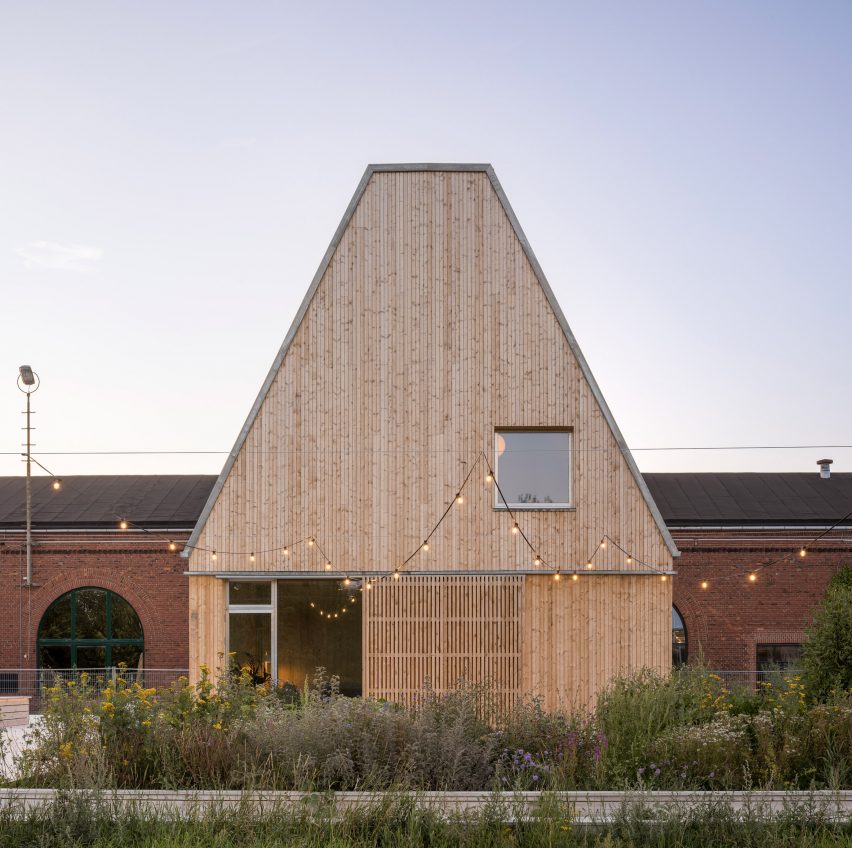
The goal, according to Velux, is to make it easier for the building industry to shift to low-carbon construction.
"This free tool offers a simple, holistic framework for the planning, ideation and design of sustainable buildings," said Velux.
The model uses an incremental approach to offer different levels of guidance at different stages of a project.
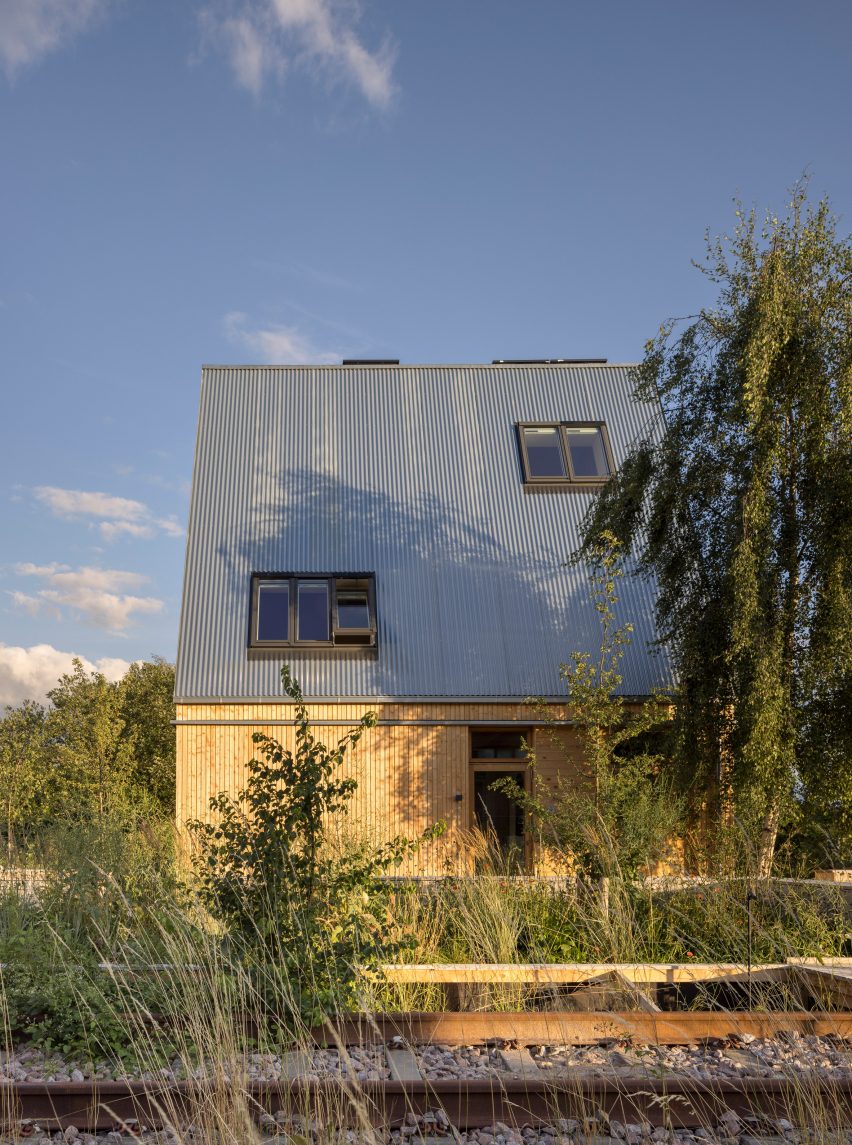
At the initial concept stage, it works around seven "strategic drivers" named Flexible, Quality, Environment, Healthy, Community, Local and Affordable.
For the design stage, the strategic drivers expand into a list of 28 "design drivers", which cover areas that include durability, lifecycle, material sourcing, acoustics and diversity.
Each design driver is then measured against easy-to-understand "performance drivers", which come into play in the most advanced stages of the design process.
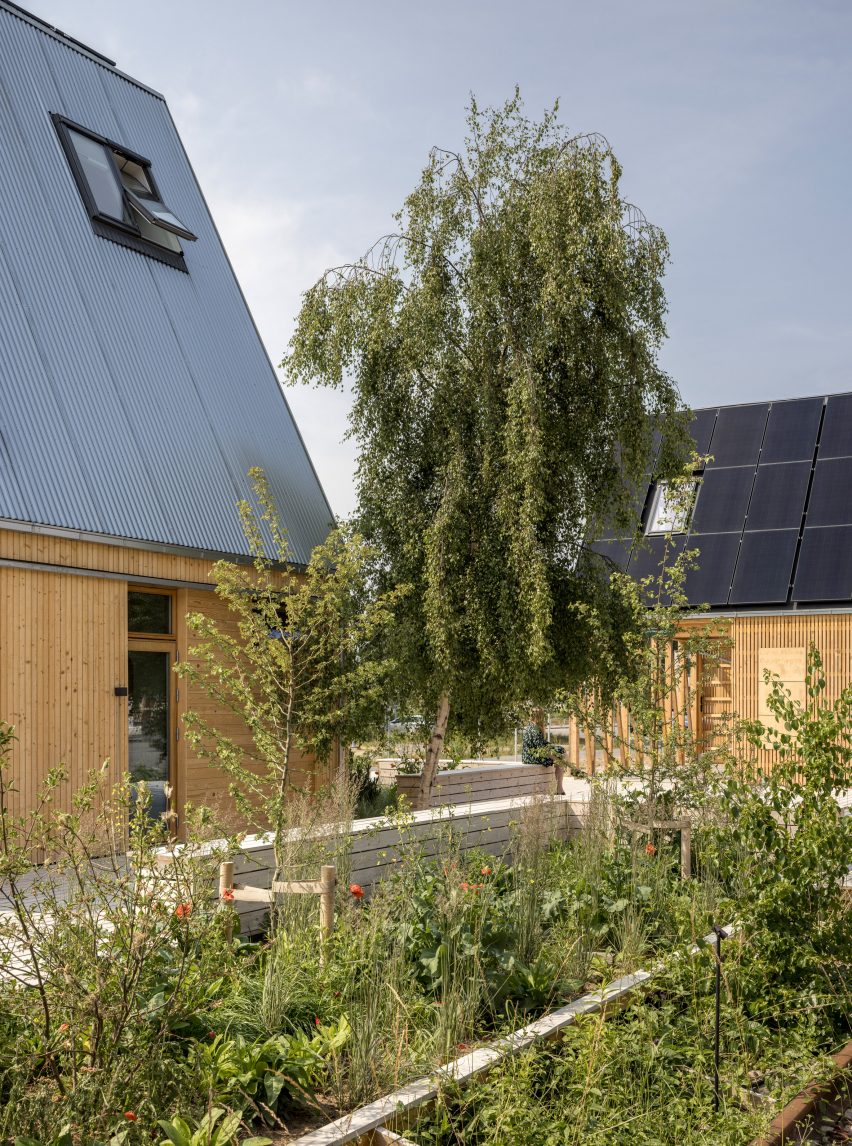
"The Compass provides an incremental approach to guide the building and development process," said Velux.
"You'll be able to make more informed, sustainable design decisions from the start, with little cost and effort. The earlier these considerations are brought into the process, the greater the impact."
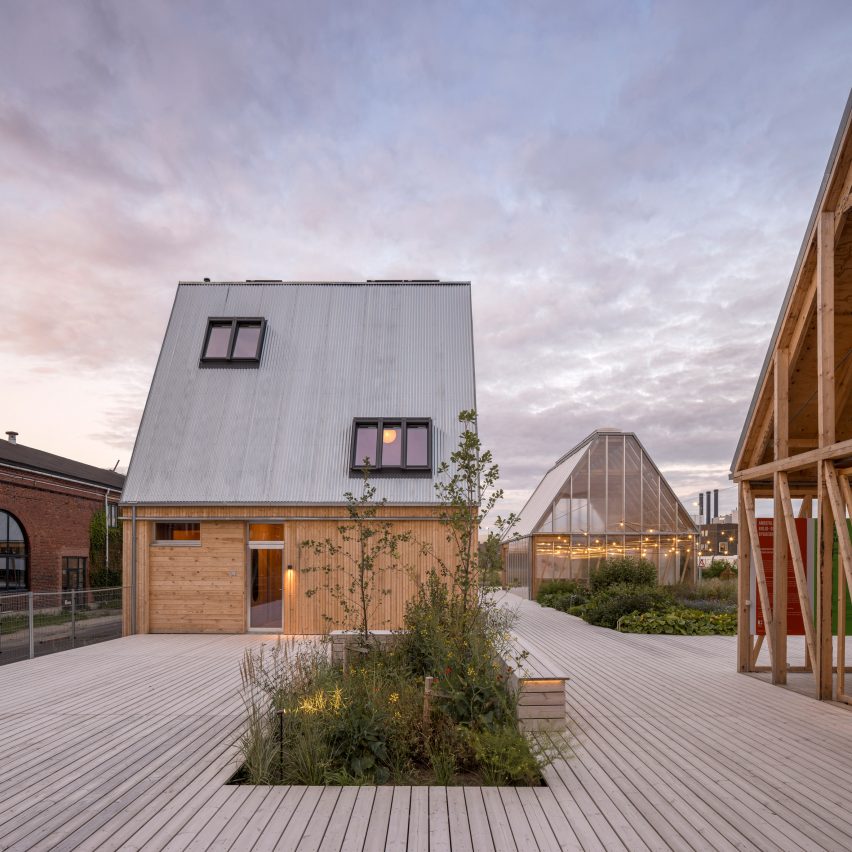
The Compass Model played a key role in the design and planning process for Living Places Copenhagen.
"The Compass Model has proven to be an invaluable asset throughout the design process, serving as a guiding principle for determining the necessary areas of research, informing decision-making, and promoting a critical approach that has enabled us to discover innovative solutions to challenges that cannot be addressed through conventional methods," added Velux.
For more information about the Compass Model, visit the Velux Build for Live website.
The photography is by Adam Mørk.
Partnership content
This article was written by Dezeen for Velux as part of a partnership. Find out more about Dezeen partnership content here.